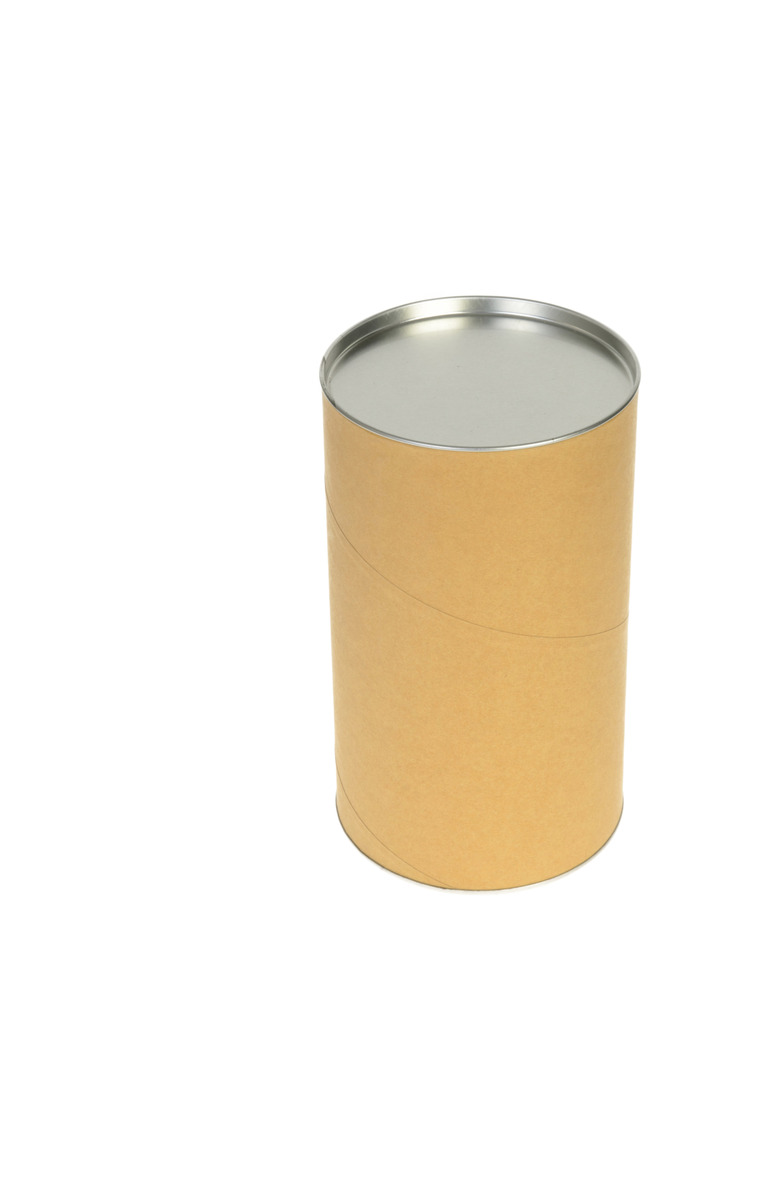How To Calculate Lateral Area
A three-dimensional solid's lateral area is the surface area of its sides, excluding its top and bottom. For example, a cube has six face — its lateral surface area is the area of four of those sides, since it doesn't include the top and bottom.
Lateral Area of a Cube
Lateral Area of a Cube
A cube has six faces of equal area, and 12 edges of equal length. A cube's two bases — its top and bottom — are both squares, and are parallel to each other. **You can find the lateral area of a solid with parallel bases by multiplying the perimeter of the base — the length around the edge of the base — by the solid's height.** The perimeter of a cube's base is equal to four times the length of one of the cube's edges, s. The height of the cube is also equal to s. So lateral area, LA, is equal to 4s multiplied by s:
LA = 4s^2
Take a cube with edges 3 inches long. To find its lateral area, multiply 4 times 3 times 3:
LA = 4 x 3 inches x 3 inches LA = 36 square inches
Lateral Area of a Cylinder
Lateral Area of a Cylinder
A cylinder's lateral area is **the area of the rectangle that wraps around the cylinder's side.** This is equal to the height of the cylinder, h, times the perimeter of one of its circular bases. The perimeter of the base is equal to the radius of the cylinder, r, multiplied by 2 times pi. So a cylinder's lateral area uses the following formula:
LA = 2 x pi x r x h
Take a cylinder with radius of 4 inches and height of 5 inches. You can find lateral area as follows. Note that pi is approximately 3.14.
LA = 2 x 3.14 x 4 inches x 5 inches LA = 125.6 square inches
Lateral Area of a Prism
Lateral Area of a Prism
A prism's lateral area is equal to **one of its bases' perimeter times its height:**
LA = p x h
Take a triangular prism 10 inches high, whose triangular bases have side lengths of 3, 4, and 5 inches. The perimeter is equal to the sum of the side lengths: 12 inches. So to find lateral area, you'd multiply 12 by 10:
LA = 12 inches x 10 inches LA = 120 square inches
Lateral Area of a Square Pyramid
Lateral Area of a Square Pyramid
A pyramid only has one base, so you cannot use the base perimeter times height formula. Instead, **a pyramid's lateral area is equal to one-half the perimeter of its base times the pyramid's slant height, s:**
LA = 1/2 x p x s
For example, take a square pyramid whose base has sides of 7 inches long, and with a slant height of 14 inches. Since the base is a square, its perimeter will be 4 times 7, 28:
LA = 1/2 x 28 inches x 14 inches LA = 196 square inches
Lateral Area of a Cone
Lateral Area of a Cone
The formula for a cone's lateral area is the same as that of the pyramid: LA = 1/2 x p x s where s is the slant height. However, since a cone's base is a circle, you solve for its perimeter using the cone's radius:
p = 2 x pi x r LA = pi x r x s
Given a cone with radius of 1 inch and slant height of 8 inches, you can use this formula to solve for lateral area:
LA = 3.14 x 1 inch x 8 inches LA = 25.12 square inches
Cite This Article
MLA
Zamboni, Jon. "How To Calculate Lateral Area" sciencing.com, https://www.sciencing.com/calculate-lateral-area-6452953/. 24 April 2017.
APA
Zamboni, Jon. (2017, April 24). How To Calculate Lateral Area. sciencing.com. Retrieved from https://www.sciencing.com/calculate-lateral-area-6452953/
Chicago
Zamboni, Jon. How To Calculate Lateral Area last modified March 24, 2022. https://www.sciencing.com/calculate-lateral-area-6452953/
